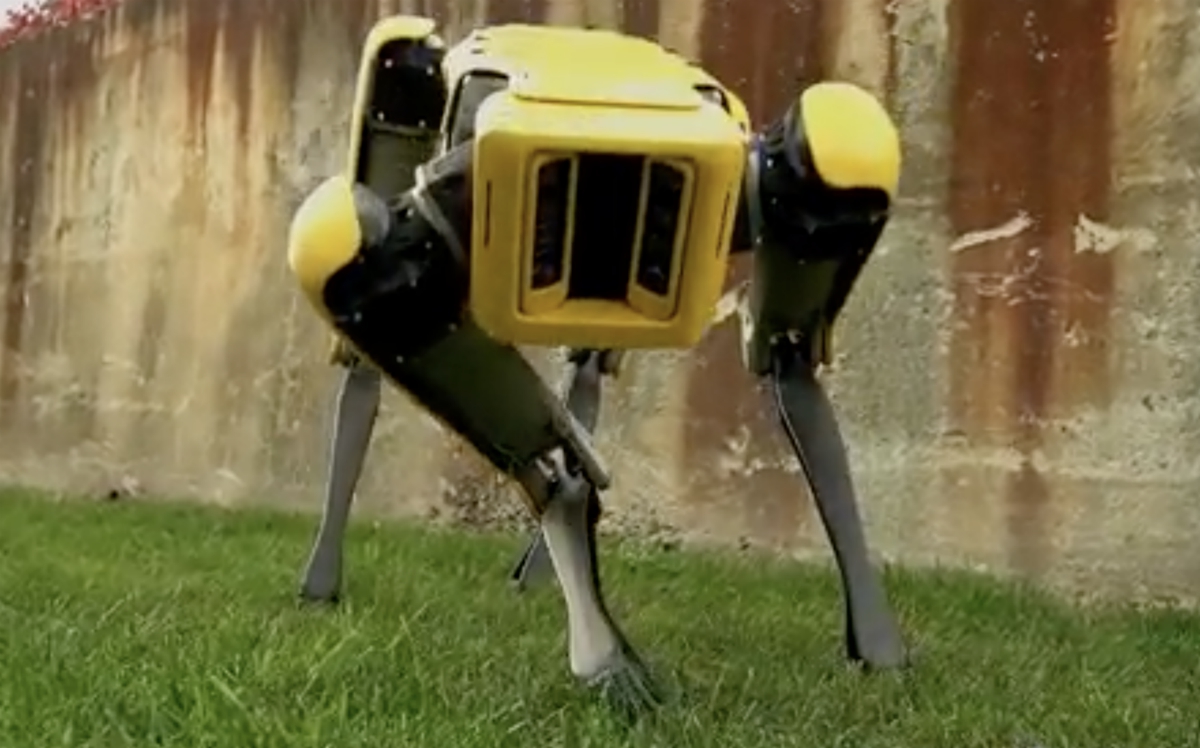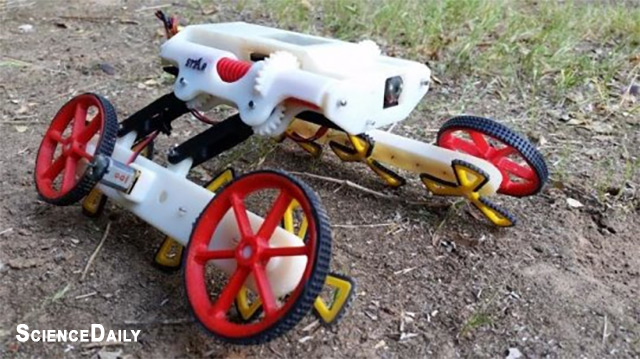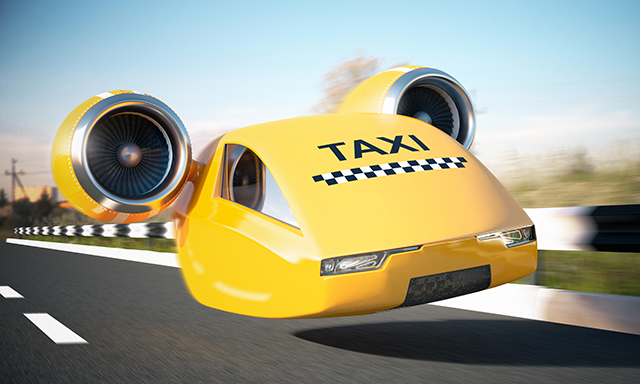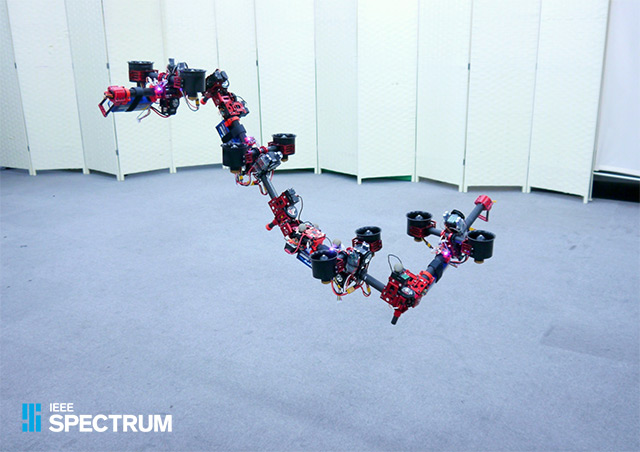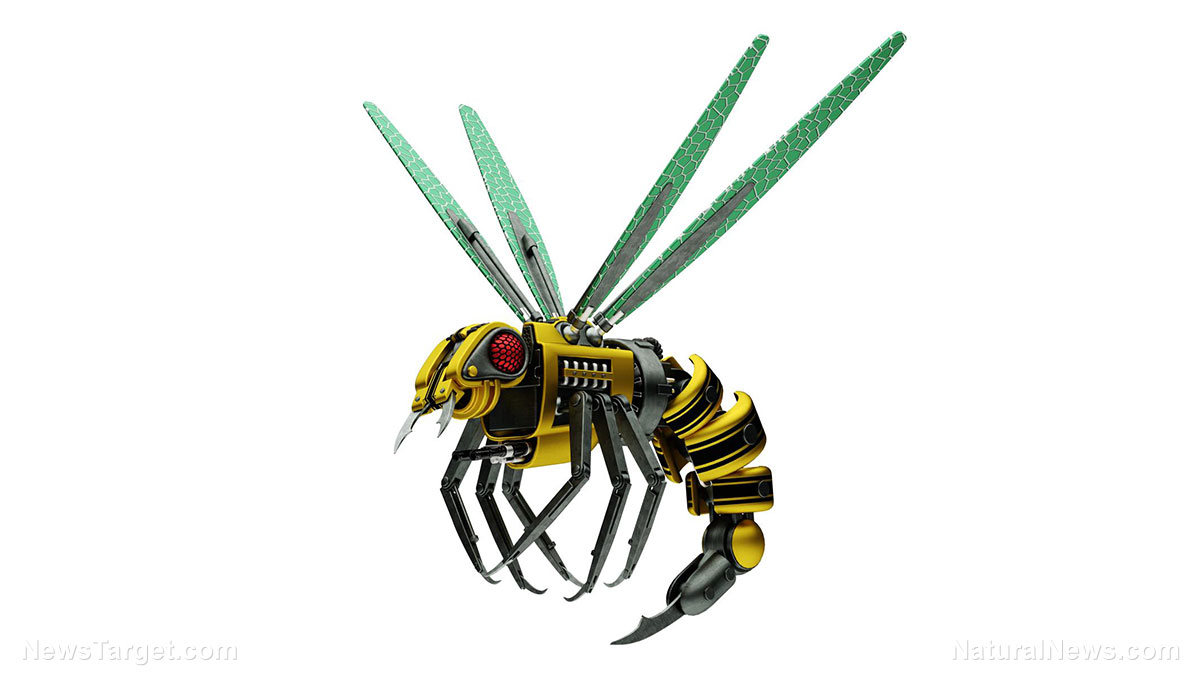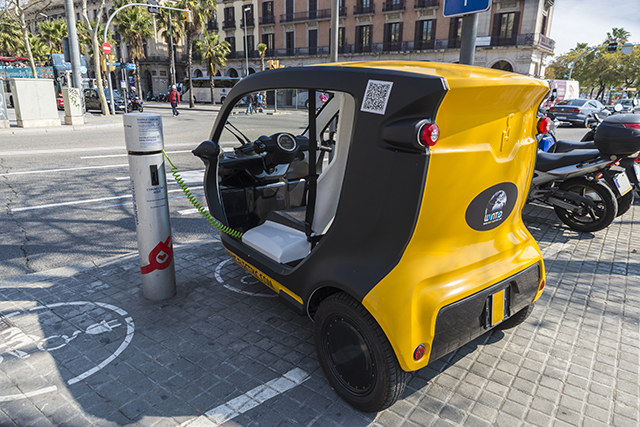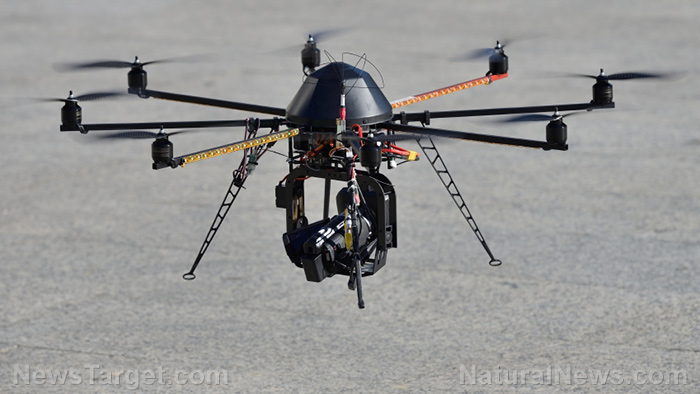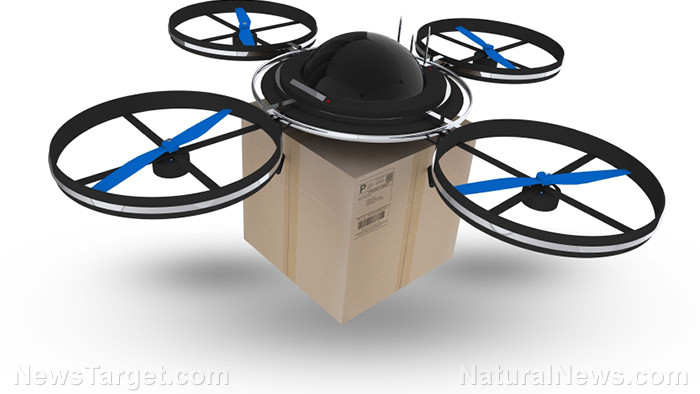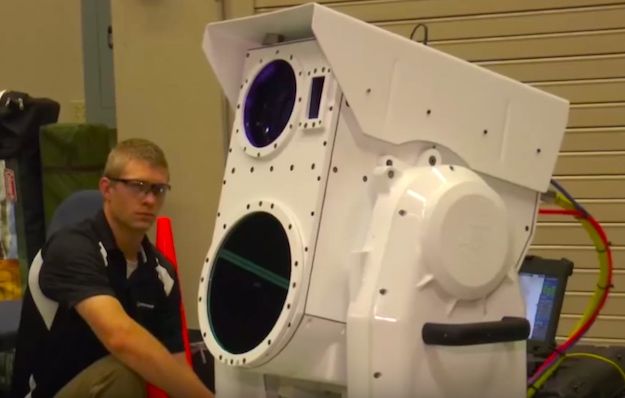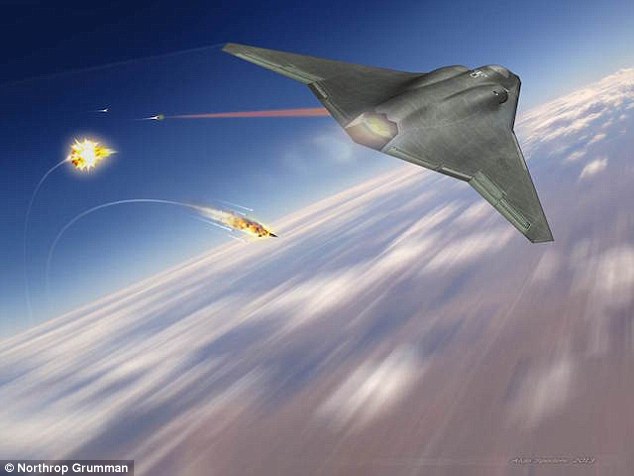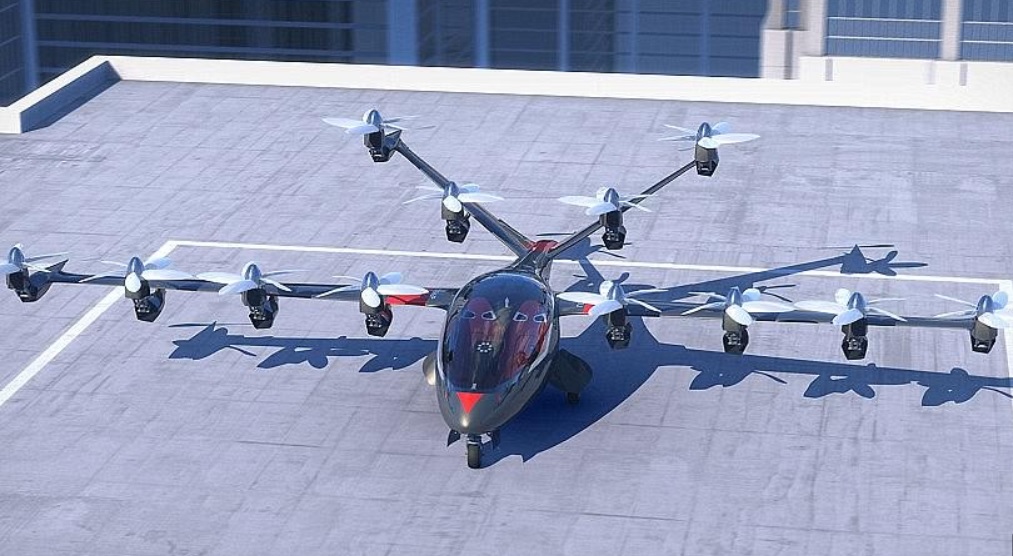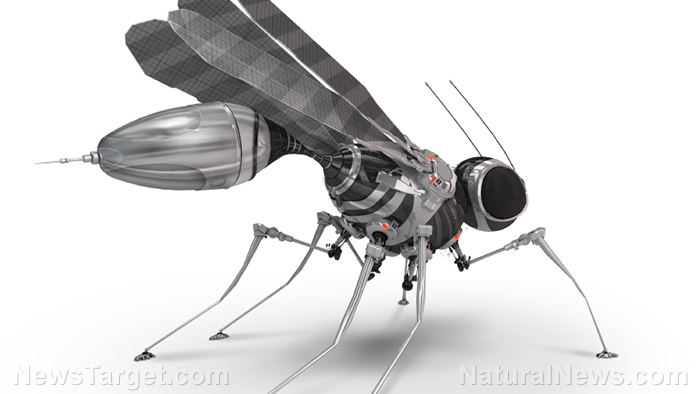New giant drones are strong enough to perform jobs such as cleaning wind turbines, fighting fires and even carrying people to safety
05/23/2018 / By Lance D Johnson
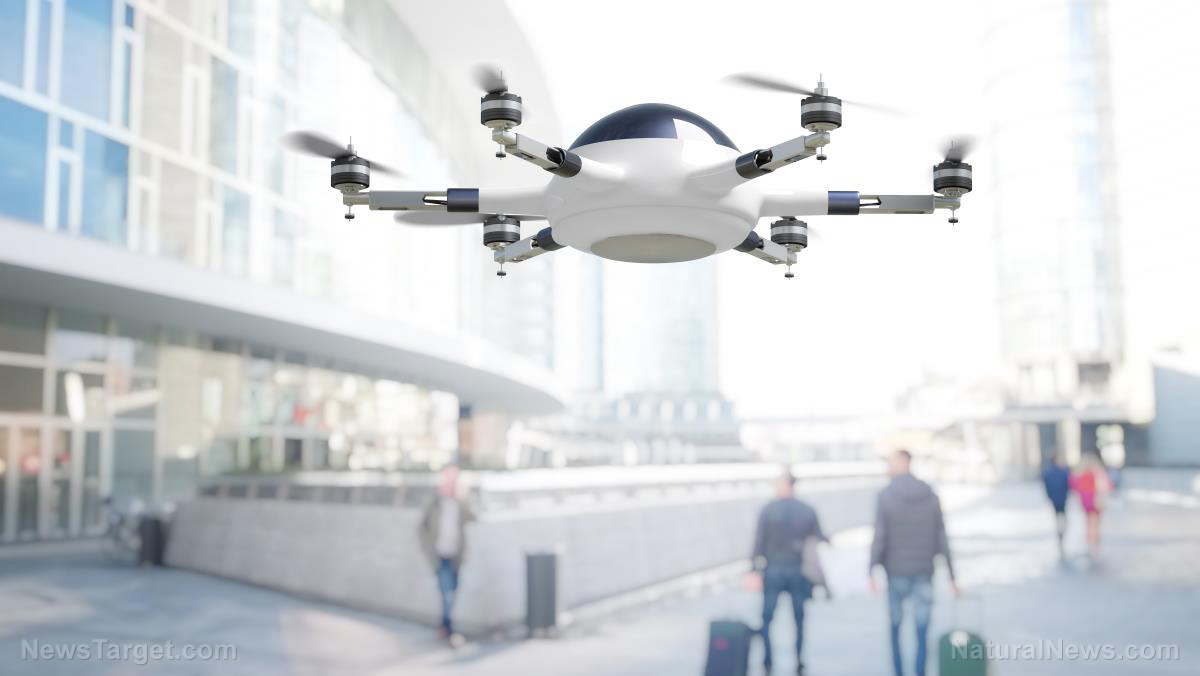
Some of the dirtiest, most dangerous jobs are being taken over by artificial intelligence, robots, and drones. Machines are slowly becoming man’s best friend, helping us do tough, risky, or menial tasks. Future drones will do more than just peruse the skies, surveying and filming. New innovations in drone technology show their potential to take on much larger tasks that benefit society in new ways. New giant drones are now capable of cleaning wind turbines, fighting fires, and even carrying people to safety.
An innovative startup, Aerones, has built a giant drone equipped with 28 motors and 16 batteries. The stout prototypes can lift up to 400 pounds, potentially rescuing people from burning buildings. In a series of videos, the founders demonstrate how the new drones can maneuver with hoses to clean and de-ice wind turbines. These large quadcopters can maneuver alongside tall buildings, clean the windows, or put out a potential fire.
The ambitious startup, backed by Y Combinator, is already getting orders from around the world to help clean and de-ice wind turbines. The greatest challenge for these new drones is sustaining power. Relying on battery only, these drones can only carry a load for about twelve minutes. For now the drones are better off tethered and connected to a power source from the ground.
As drone capabilities expand, so do concerns
As the capability of drones expands, the implications for abuse become more real, too. A drone that can rescue people from fires can also identify, locate, and displace a person for various reasons. Large drones of this nature could be used to protect property, locating and removing threats from private areas. Who will make the rules that govern how drones can and cannot be used?
A large drone that fights fires can also fight insurrection, threaten protestors, or spray down mobs. In the eyes of authority, this could be seen as a good use for drones, to curb violence; however, the power could readily be abused. Government forces could use drones in an authoritarian, intimidating manner, threatening peaceful assembly, free speech, and democracy. Drones equipped with tear gas could help riot police disperse their opposition. Large drones could easily be used as a means of force to control others. (Related: Drone makers looking to expand into civilian law enforcement market as replacement for police helicopters.)
A giant drone that can operate hoses to clean wind turbines also has the capability to operate hoses to fumigate from overhead. If a city council declared that a vector borne disease was threatening their community, they could deploy these large drones overhead to fumigate mosquitoes and ticks in certain areas. The residents of the city will have no control over the operation or the amount of nervous system toxins that are being sprayed into the air. That same drone could be used to spray disinfectants over an area that has been declared an outbreak zone. Health officials, paying no mind to the consequences of spraying people with biological agents and other chemicals, could experiment with airborne flu vaccines to combat a declared flu outbreak.
As drone capabilities expand, it won’t be long before authorities begin using the technology to their advantage. It will be much easier for authorities to carry out force if they can hide behind the technology. For more on the pros and cons of drone capabilities, visit Robotics.News.
Sources include:
Tagged Under: abuse of technology, authoritarian, computing, drone laws, drone warfare, drones, fumigation, future tech, privacy, robotics, search and rescue, surveillance


